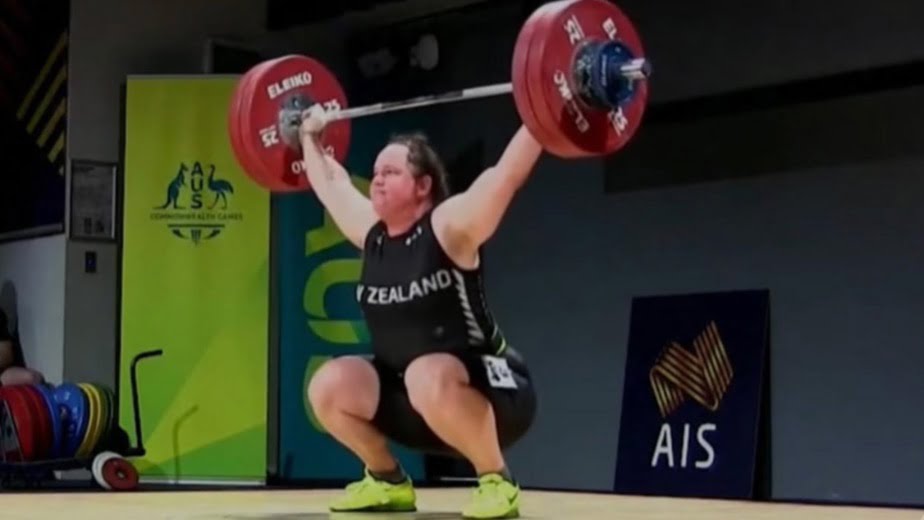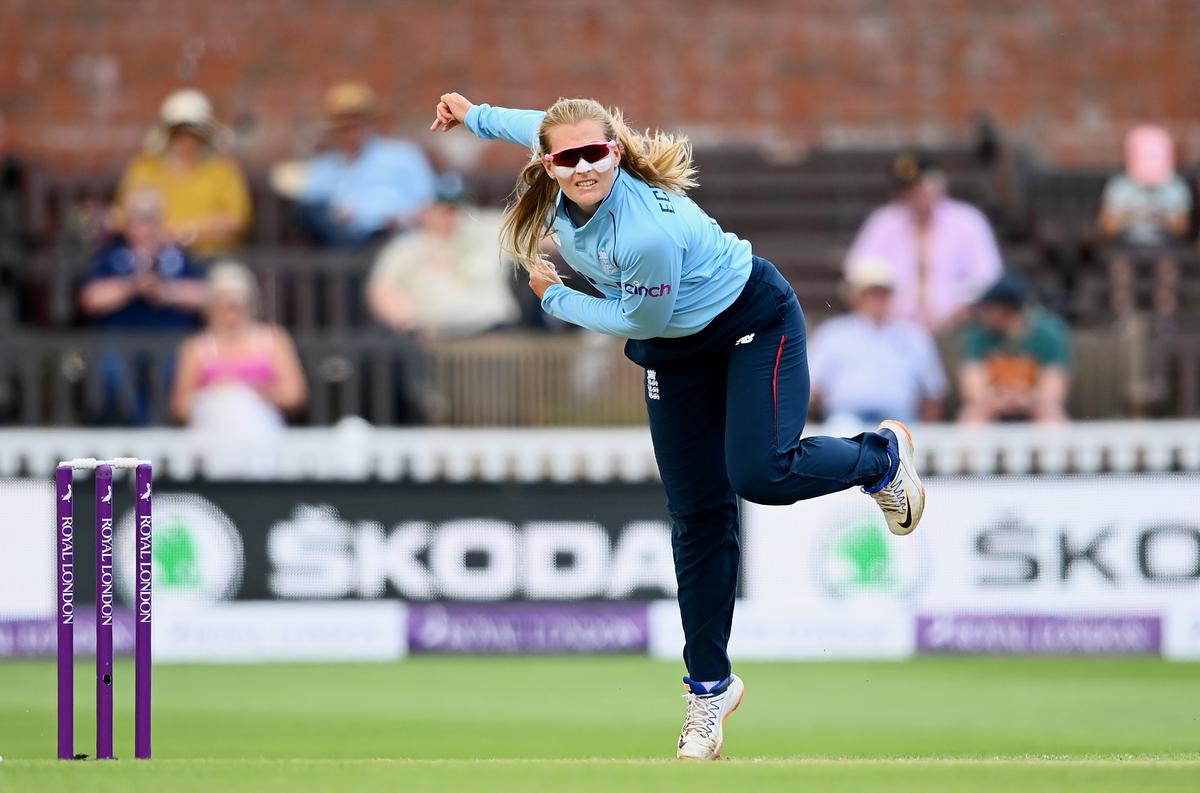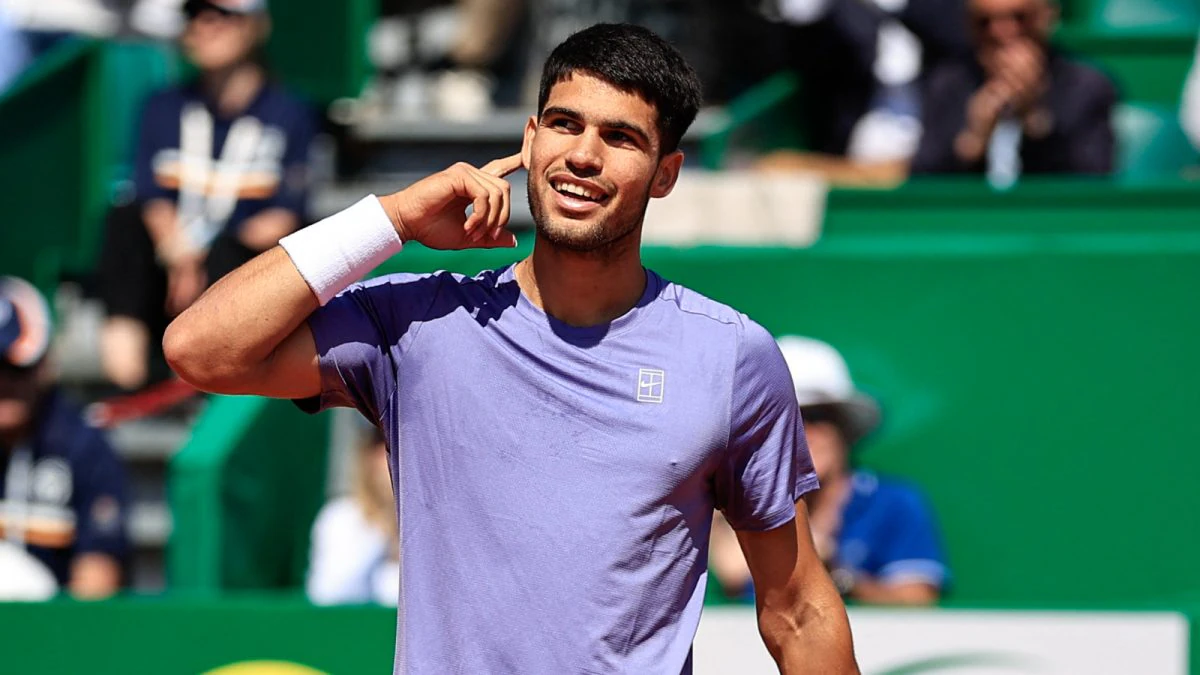Women have been participating in the Olympics since 1900. From then on the number of women has only gone up and more and more women have won medals, but since the mid 1960s publications started questioning whether men disguised as women were taking part in those categories.
In 1966, Olympics officials made sex-testing mandatory for all women participating in track and field sports. Women were forced to undergo what was called the ‘nude parade’ in front of a panel full of doctors where their genitals were examined. Then in 1967 the officials introduced something called chromosomal testing that required all players to be tested again. Each time there was a different group of women who failed the separate tests.
Humiliating tests such as that have been conducted in women’s sports ever since. Fast forwarding to 2016, Caster Semenya wins a gold medal in the women's 800 metre race. A few years later she was banned from defending her title at the next Olympics, not because she cheated but because sports officials thought that she was too ‘manly.’
Testosterone is a hormone produced by both men and women. Scientists have linked a high level of testosterone to a high performance level. However, testosterone alone is not responsible for a great performance. For example, coaching, equipment, height and such also play an important role in the level of performance. Semenya naturally produced a high level of the hormone and so she was effectively told that she wasn’t a woman. The only alternative she was given was that she was required to take medication to lower her testosterone level. It is completely unethical and not fair to prescribe medicine to someone who doesn’t need them.
Meanwhile in men’s sport, tennis player Rafael Nadal has a visibly bigger left arm which gives him a stronger backhand. Michael Phelps has naturally bigger hands and feet that act as flippers and give him an advantage in swimming faster. Usain Bolt has an extraordinarily rich supply of fast-twitch muscle fibers due to a sprinting gene that allows him to take longer strides. None of these men have ever faced discrimination and told that they dont qualify, infact they have received only appreciation and respect.
So why, when it comes to women, do sports officials suddenly start questioning whether they have an unfair advantage. Does our society promote the thinking that only men can be extraordinary and superior to others? If so, we need to question our beliefs and the thinking that we are passing on to society. Is this really the precedent that we want to set?
Castor Semenya is not alone in facing such allegations and humiliation. Indian star athlete and Olympic gold medalist Dutee Chand, was sex-tested without her knowledge or permission. She was told it was a dope test and to her surprise there was an ultrasound too. She was asked to take her clothes off in front of a male doctor. She was in a room with people talking about her body like she wasn’t there. She was humiliated and her privacy was violated in public with crass and rude headlines that had no legitimate scientific data to back them. They even tested her ability to reproduce normally. At 18 years of age, she fought a case in the Supreme Court to prove her legitimacy, her right to participate in the Olympics and to defend her title. She won.
Every few years the officials set a new kind of test that bars women from participating and every year these women suffer from intense hate from the public and from the mental trauma that comes with it. Our society’s strong women should be supported and appreciated, not treated the way that they are now. Sports has always served as a safe haven for women who don't fit the mold that the culture has made for them; especially for same-sex attracted women. The discrimination that comes with sex testing inherently goes against what women’s sport has always stood for. Semenya and Chand are just two of the women who have had to fight tooth and nail to be somewhere that they should be by right.
This year is unique in a way because we have our first ever openly transgender woman Laurel Hubbard, who is participating in Olympics female weightlifting. This has sparked new debate about what is fair in women's sport and what isn’t. For some, it is a huge decades-in-the-making step that promotes the inclusive ideas of Olympics, but for others it is a ‘bad joke.’
The rules in 2013, stated that as long as participants had "surgical anatomical changes" (including having their testes or ovaries removed), obtained legal recognition of their assigned sex, and underwent hormone therapy for sufficient time to "minimize gender-related advantages" transgender athelets could participate in sports. This research however was said to have no authentic basis. In 2015, the reviewed guidelines required athletes to have declared their gender identity as female for at least four years. They should successfully maintain and demonstrate their testosterone level was below 10 nanomoles per liter for at least a year. Athletes who transitioned from female to male could compete in the male category without restriction.
Hormone therapy does not turn trans women into cis women. Cis women or men are people that have been assigned a sex at birth that matches with their chosen gender. Testosterone is also not the complete picture. The important question is, can trans women and cis women compete against one another in meaningful competition? Maybe they can.
‘Joanna Hopper who helped write the 2015 Olympic rules on transgender inclusion published one of the first studies on transgender women in sport, which found seven of eight transgender female non-professional runners studied had significantly slower race times after transitioning. Ultimately, they performed at approximately the same level against their female peers as they had against their male peers prior to their transition.’
‘Dick Swaab, a professor of neurobiology at the University of Amsterdam who has studied the brain chemistry of gender identity, said sensitivity to testosterone differs, meaning people may have a high level of testosterone but their body is not able to use it.’
"The reality is that we don't think that way, because we don't exclude them as a group, because we actually count them as women but really this issue comes down to who do we count as women or not," says Jaimie Veale, president of the Professional Association for Transgender Health Aotearoa. "When it comes down to it, it comes down to still this question of trans women not being seen as equal citizens."
These women, be it cis or trans, every one of which works so hard to get where they are, keep getting dragged down by society. They challenge our beliefs and ideas and we call them frauds. However, challenge is good, it helps us move forward and open our minds to new beliefs and new understandings. How great would it be if we approached such situations not from a place of cynicism and bias but with an open mind? I agree that it is important to protect women's sport but the intention shouldn’t be to make it exclusive to one kind of woman, it should instead be inclusive to all while also maintaining a level playing field.














